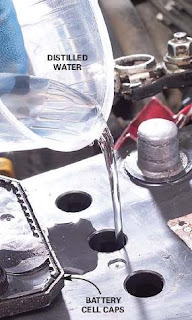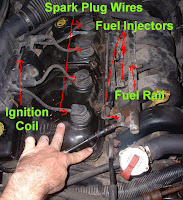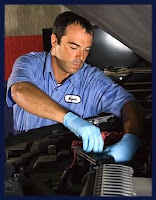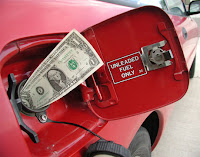Night driving involves a lot of risk, therefore its important for every driver to know certain night driving tips. Before we begin to discuss what are these tips, lets roll our eyes on the facts that often make night driving difficult, scary and at times fatal.
What Makes Night Driving Difficult ?Poor Visibility – Obviously and Naturally, there is very less natural light on the road.
People Feel More Sleepy Than During Daytime - It is universal that one tends to feel more sleepy at night.
Silence around Makes One Feel More Drowsy – If your are driving alone and late at night, there ought be few cars around. Silence on the road also makes you feel at easy and consequently sleepy.
Dim Road Lights – Excluding the urban regions and posh areas in most of the countries, the road nights are not sufficient for driving at night.
People Drink Mostly at Night – That's true and implies to people around the world. For some of them its a habit, while for others its a party night.
Cars Lights from Opposite Direction Disturb – The cause for most of the accidents at night. Direct & sharp light from the opposite vehicle hit eyes of the drivers and lead to mishappening.
For Those Who Are Visually Impaired – Those who have problem with their eyesight or suffer from night blindness driving at night is a major challenge
Try Your Hands on These – “Night Driving Tips”Now that you know the common reasons behind the difficulty in night driving, here is a small list of tips that would surely help you have a better driving experience.
Tip No. 1 – First & Foremost – Check Your Vehicle – You need to check your vehicle to ensure that it is in good working condition. You can avoid 50% of your troubles at night, if your car does not breakdown on road.
Tip No. 2 – A Special Check for Car Lighting System & Brakes – In a crisis situation, safety depends on these auto parts. You may avoid dumping into something if your car lights are on and working properly. Applying brakes at the right time also saves you a number of times on road. Therefore, keep the brakes and car lights functioning smoothly.
Tip No. 3 – Keep Your Windshields Clean & Wiped Off – That's important and for this use the
windshield wipers if needed after every few minutes.
Tip No. 4 – Use Dipper Light At Night – This is important as usage of dipper light does not reflect light on the eyes of the other drivers in the opposite direction.
Tip No. 5 – Tune In Your Favorite Radio Station – If you are driving late at night and are all alone in the car, you are likely to feel sleepy. Play your favorite song to avoid falling sleep at the wheels. You may listen to an irritating song that might also wake you up. Try any of these, but don't sleep while driving.
These are not all. There are many more tips for safe driving at night. Do come back again, to find them out in the next post. Till then, Have a Safe, Relaxed and Happy Driving!
 advised that you should also keep away all kinds of electrical systems to avoid any damage to them as well as any harm to yourself.
advised that you should also keep away all kinds of electrical systems to avoid any damage to them as well as any harm to yourself.



























